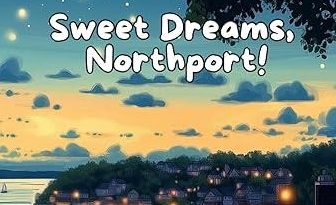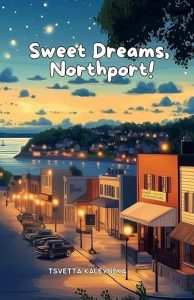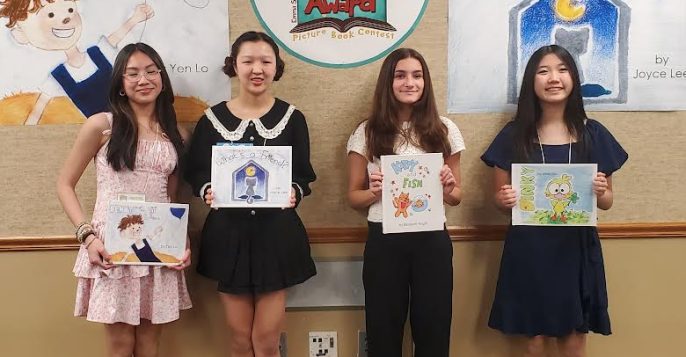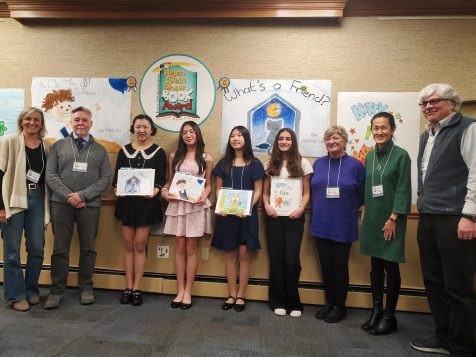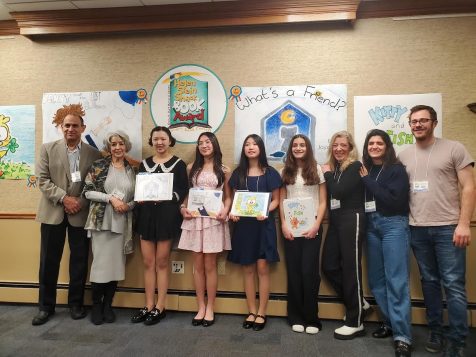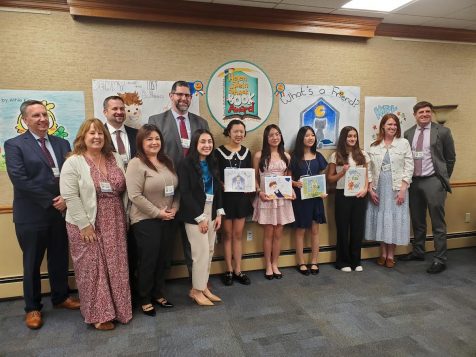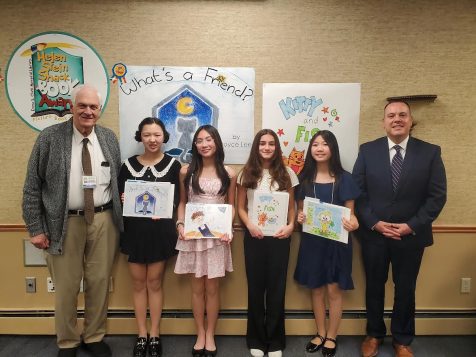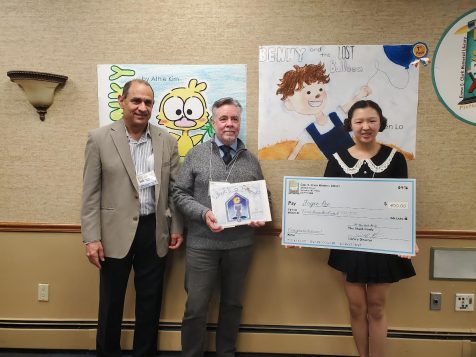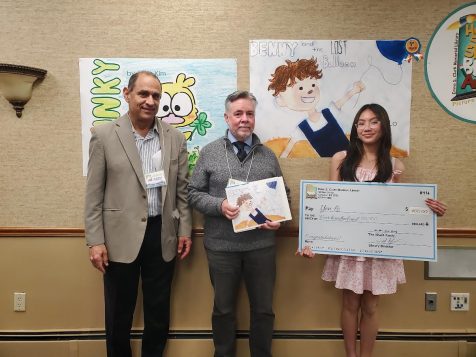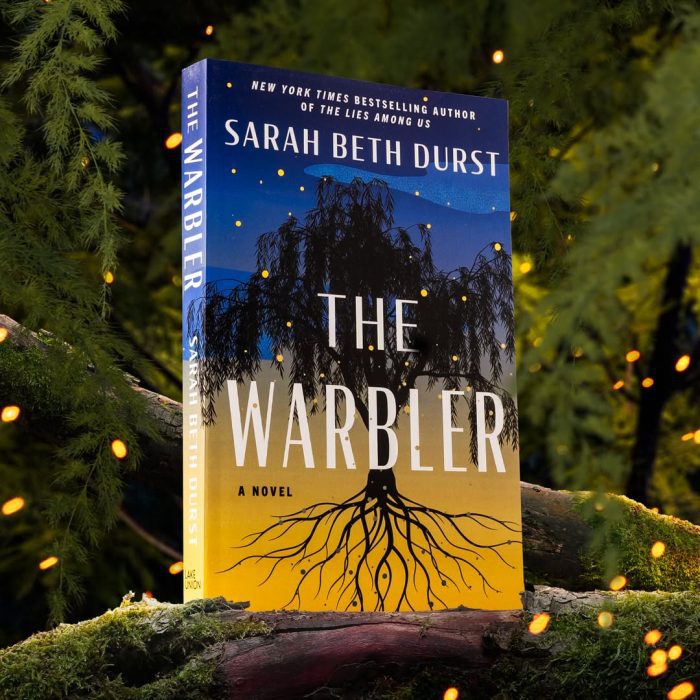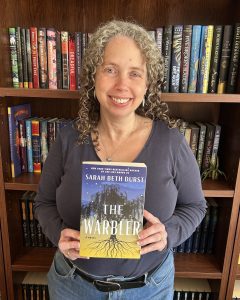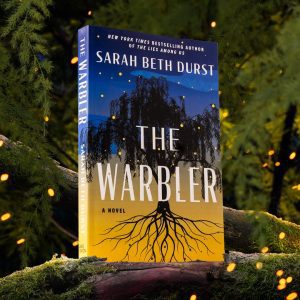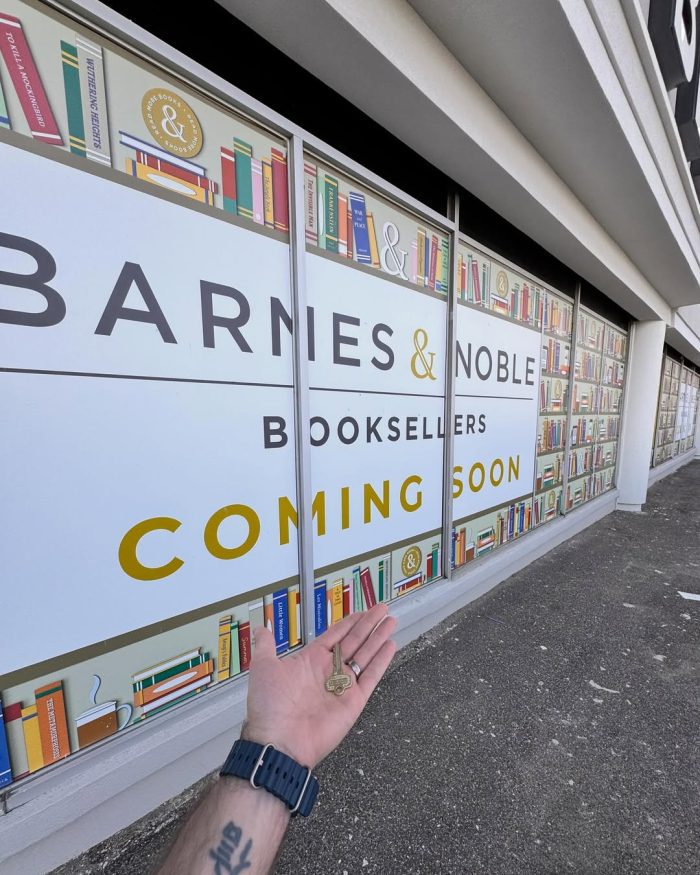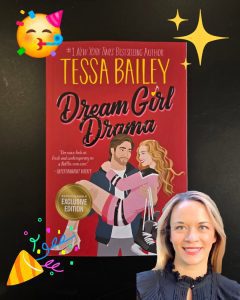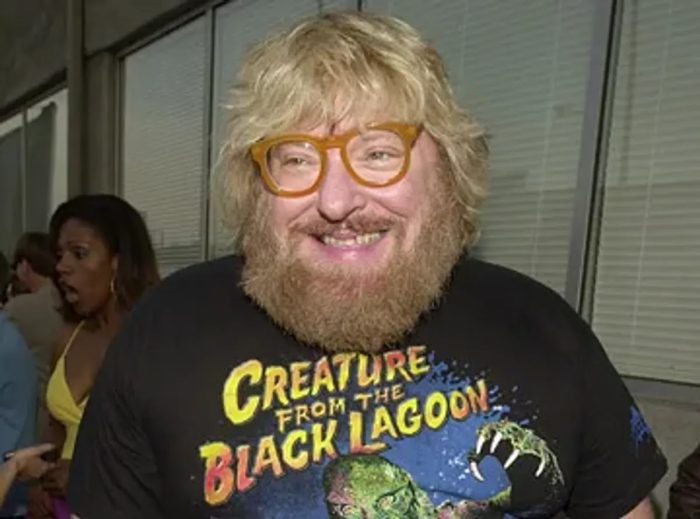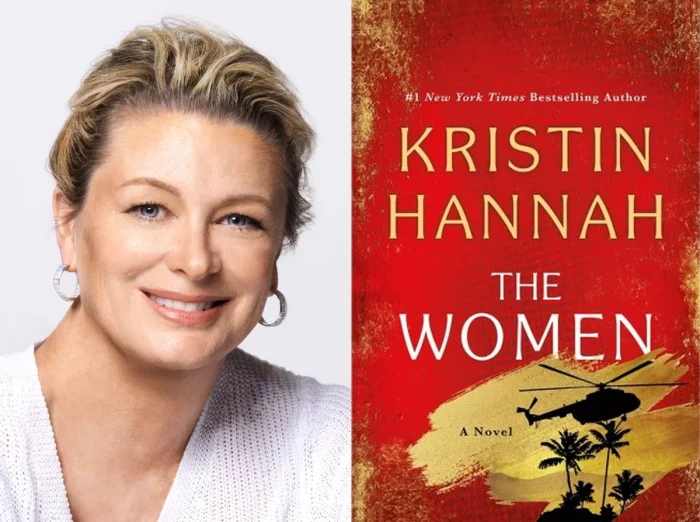Summer is the perfect time to read a book and who better to ask for suggestions than our local librarians? From love stories to thrillers and everything in between, these newly released books are the top picks to add to your list. A special thanks to all of the libraries that participated in our survey.
For Adults
Atmosphere: A Love Story
by Taylor Jenkins Reid
“From the bestselling author of Daisy Jones & the Six and The Seven Husbands of Evelyn Hugo, comes this engrossing tale to kick off the summer. Following female astronauts in the 1980s, her characters wrestle with sexism, identity, and forbidden romance in the fast-paced world of the space program. If you enjoy stories with both action and emotional depth you can’t go wrong adding this to your TBR list!”
— Christine Parker-Morales, Adult Services Librarian, Comsewogue Public Library
The Tenant
by Freida McFadden
“McFadden’s books are perfect beach reads if you like a thriller with a twist. The Tenant is the best selling author’s latest book that is sure to have you on the edge of your seat.”
— Erin Schaarschmidt, Head of Adult Services at Port Jefferson Free Library
Not Quite Dead Yet
by Holly Jackson
“Holly Jackson’s adult debut is a twisty thriller where a woman has to solve her own murder.”
— Elizabeth M., Librarian, Middle Country Public Library
Jane and Dan at the End of the World by Colleen Oakley
“[This book] is a whirlwind of fun. It’s entertaining, smart and funny. The perfect summer read.”
— Rallyn Tucker, Adult Reference Librarian, Emma Clark Library
One Italian Summer
by Rebecca Serle
“This novel blends grief, self-discovery, and magical realism in the beautiful Amalfi Coast. Katy, devastated by the death of her mother and best friend, Carol, embarks alone on a trip they had planned to take together to Positano, Italy. It is there that Katy meets her mother — not as she knew her, but as a vibrant 30-year-old woman. This reunion forces Katy to see her mother in a new light and reevaluate the course of her own life. It is a moving novel that lets you reflect on love, family, and finding oneself after loss.”
— Amanda Lentino, Adult Reference Coordinator, The Smithtown Library
For Teens/Tweens
Honeysuckle and Bone
by Trisha Tobias
“[This book] is a modern gothic thriller, reminiscent of the classic novella, “The Turn of the Screw,” crossed with modern YA mystery tropes. It’s set in a lushly detailed environment that screams for a film adaptation. This new YA book is not to miss!”
— Emily Ostrander, Head Librarian of the Teen & Tween Services Department, Emma Clark Library
Sunrise on the Reaping
by Suzanne Collins
Sunrise on the Reaping revisits the world of Panem twenty-four years before the events of The Hunger Games, starting on the morning of the reaping of the Fiftieth Hunger Games, also known as the Second Quarter Quell.
— Kristine T., Librarian, Middle Country Public Library
The Romantic Tragedies of a Drama King
by Harry Trevaldwyn
— Sal Filosa, Head of Teen and Technical Services at Port Jefferson Free Library
After Life
by Gayle Forman
[This book] is an emotional and thought-provoking story that explores grief, identity, and the importance of second chances. The characters feel relatable, making it easy to connect with their struggles and growth. The book’s heartfelt message and compelling storytelling make it hard to put down.
— Colleen Navins, Teen Services Coordinator, The Smithtown Library
For Children
Cincinnati Lee, Curse Breaker
by Heidi Heilig
“Children will love reading this book for its fast-paced adventure, clever twists, and a hero they can root for. With a mysterious curse to unravel, magical secrets around every corner, and the excitement of travel and exploration without ever leaving home, it’s the perfect page-turner to spark imaginations. Young readers will be hooked from the first chapter!”
— Marcela Lenihan, Children’s Librarian, Emma Clark Library
Other recommendations include:
“Sylvia Doe and the 100-Year Flood” by Robert Beatty (8-12 Years) — Kimberly Manise, Head of Children’s Services, Port Jefferson Free Library
“Don’t Trust Fish” by Neil Sharpson (3-6 year-olds) — Cassidy O., Middle Country Public Library
“Will the Pigeon Graduate?” by Mo Willems — Maggie Moloney, Children’s Services Coordinator, The Smithtown Library
“Swimming into Trouble” by Angela Ahn (1st through 3rd grades) — By Tracy L., Librarian, Middle Country Public Library
“Will the Pigeon Graduate?” by Mo Willems — Maggie Moloney, Children’s Services Coordinator, The Smithtown Library
“Monster Locker” by Jorge Augusto Aguirre (4th through 6th grades) — Kristen T., Middle Country Public Library
“Nothing Bad Happens Here” by Rachel Ekstrom-Courage — Jenny Cammarano, Library, Comsewogue Public Library
This article originally appeared in TBR News Media’s Summer Times supplement on June 19.

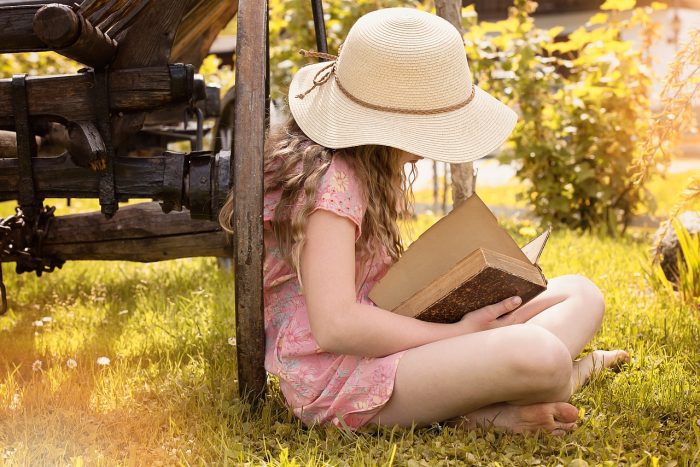
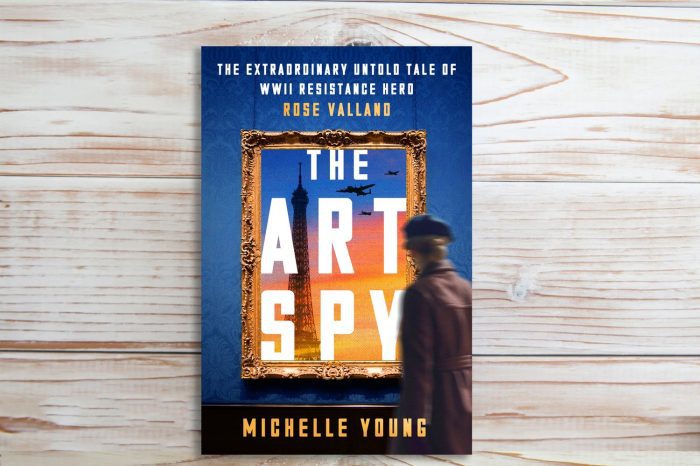
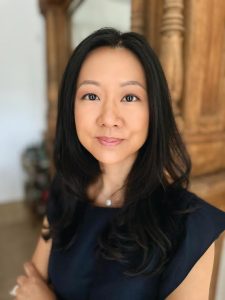
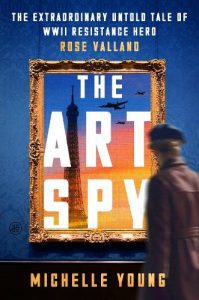 Young’s thoroughly researched and engaging book follows Valland from the late 1930s to the mid-1940s in a world populated by the creations of luminaries like Salvador Dali, Max Beckman, Pablo Picasso, Henri Matisse, Paul Cezanne, Claude Monet, and many others. The Art Spy traces the early days of World War II throughout Europe, the anticipation of the incursion into Paris, followed by the exodus, and the ultimately desolate and abandoned city. Grounding her descriptions in detailed research, she evokes the visceral tensions of the time.
Young’s thoroughly researched and engaging book follows Valland from the late 1930s to the mid-1940s in a world populated by the creations of luminaries like Salvador Dali, Max Beckman, Pablo Picasso, Henri Matisse, Paul Cezanne, Claude Monet, and many others. The Art Spy traces the early days of World War II throughout Europe, the anticipation of the incursion into Paris, followed by the exodus, and the ultimately desolate and abandoned city. Grounding her descriptions in detailed research, she evokes the visceral tensions of the time.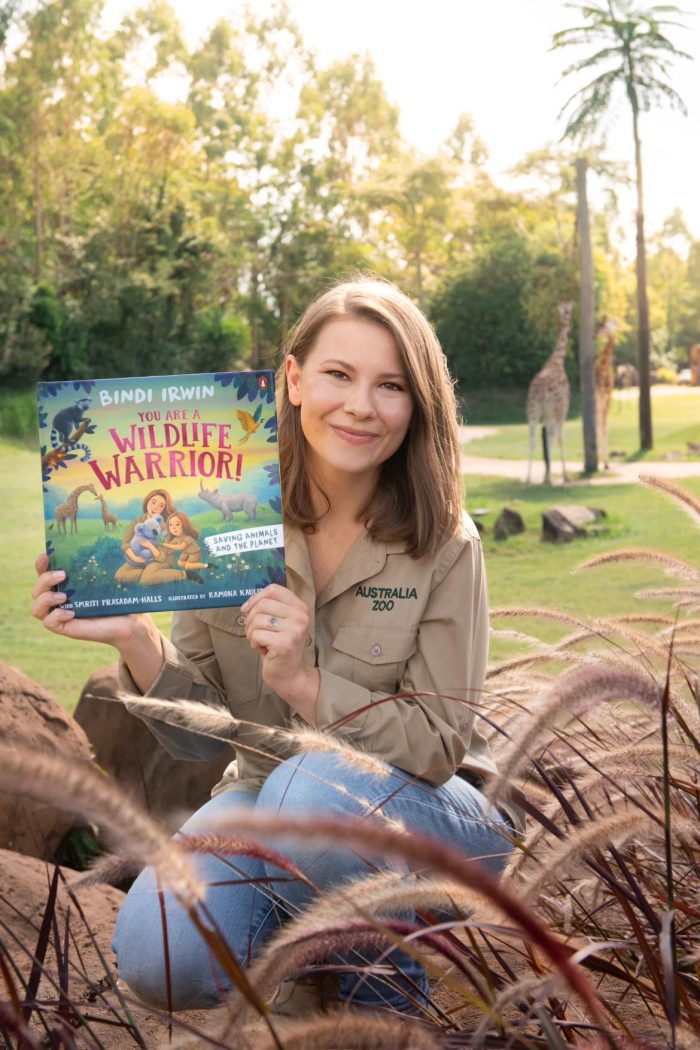
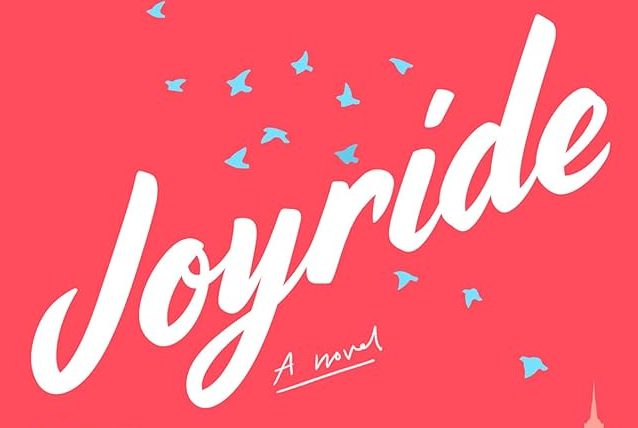
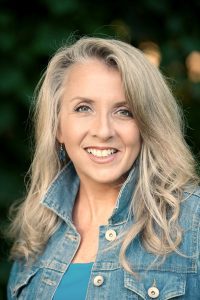
 Among her clients are the catfished Althea and the fifteen-year-old Riley, the latter struggling with indifferent parents and teenage angst. Again, Meister chooses not to shy away from easy roads or facile solutions. Guiding Joybird as a voice of reason is the upstairs neighbor, the youthful septuagenarian Betty, whose perfume “was an old-fashioned scent that made Joybird think of movies from the 1970s and big hoop earrings.” Betty functions as a friend and mother figure, advising the impossibility of always making people happy: “That’s a burden no one should have to carry.” The simple statement resonates deeply as Joybird’s newfound career presents unexpected landmines.
Among her clients are the catfished Althea and the fifteen-year-old Riley, the latter struggling with indifferent parents and teenage angst. Again, Meister chooses not to shy away from easy roads or facile solutions. Guiding Joybird as a voice of reason is the upstairs neighbor, the youthful septuagenarian Betty, whose perfume “was an old-fashioned scent that made Joybird think of movies from the 1970s and big hoop earrings.” Betty functions as a friend and mother figure, advising the impossibility of always making people happy: “That’s a burden no one should have to carry.” The simple statement resonates deeply as Joybird’s newfound career presents unexpected landmines.